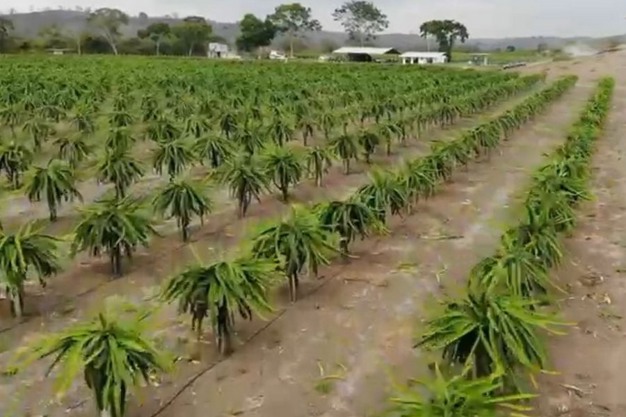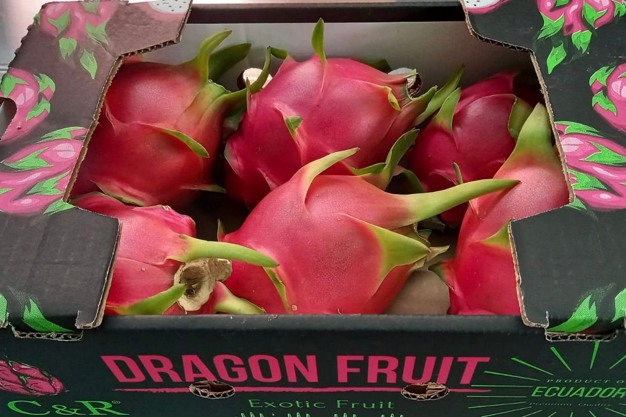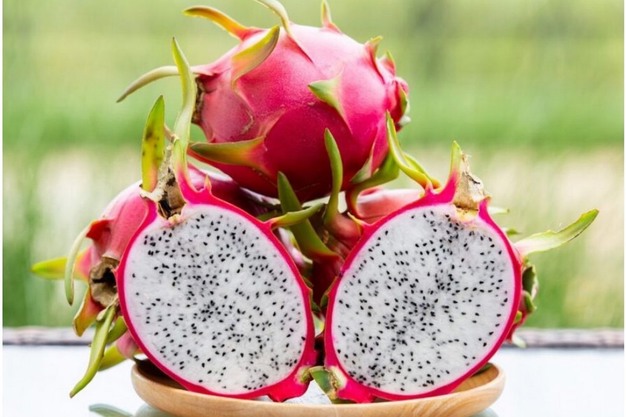In an ever-expanding market, Ecuador's exotic products are acquiring a prominent position in the United States and Europe. As the demand for tropical fruits and tubers such as pitaya, cassava and ginger soars, Ecuadorian exporters are facing significant challenges that are testing their capacity for adaptation and resilience. "We are currently the main pitaya supplier for the North American market," says Patricio Cabrera, sales manager of C&R Agroexport, a company that has recorded a 500% growth in exports of this product in recent years.

The pitaya market is at a crossroads. In the last year, the price per box of pitaya has fallen from $14-$15 to between $9 and $12 due to oversupply and a lower demand. This 20% decline has taken a toll on producers, who are affected by both falling prices and the increasingly greater impact of climate change. According to Cabrera, the pitaya and plantain productions have dropped by 15% in 2024, with both volume and quality affected. "The impact of climate change becomes more noticeable every year," says Cabrera, who also highlights the increase in packer rejections due to size and quality irregularities.

Logistical challenges are adding an extra layer of complexity. The recent strike by port operators on the east coast of the U.S. has reduced the availability of shipping space by 50%, while freight costs have risen by 35%. To overcome these obstacles, C&R Agroexport has sought alternatives, including shipping options to Europe, where pitaya is starting to position itself as an attractive product.

In addition to the logistical challenges, C&R Agroexport has implemented sustainability practices aimed at reducing the use of pesticides and promoting regenerative agriculture. "We believe in fair trade with our producers, both large and small, to ensure a positive impact on our communities and the environment," says Cabrera. The company expects to export 6,800 tons in 2024 and seeks to maintain its leadership in the global market, championing the position of Ecuador and its exotics in the world.
Faced with a demanding market, climatic challenges and changes in the demand, Ecuadorian exporters are striving to move forward, overcoming obstacles and adapting. "It is our mission to continue representing Ecuador in the global market, generating work and stability for our country," says Cabrera, reflecting on the sector's commitment to continue growing in a challenging environment.
For more information: 
Patricio Cabrera
C&R Agroexport
Tel.: +593 99 944 6556
[email protected]
[email protected]
www.cr-agrocorp.com
